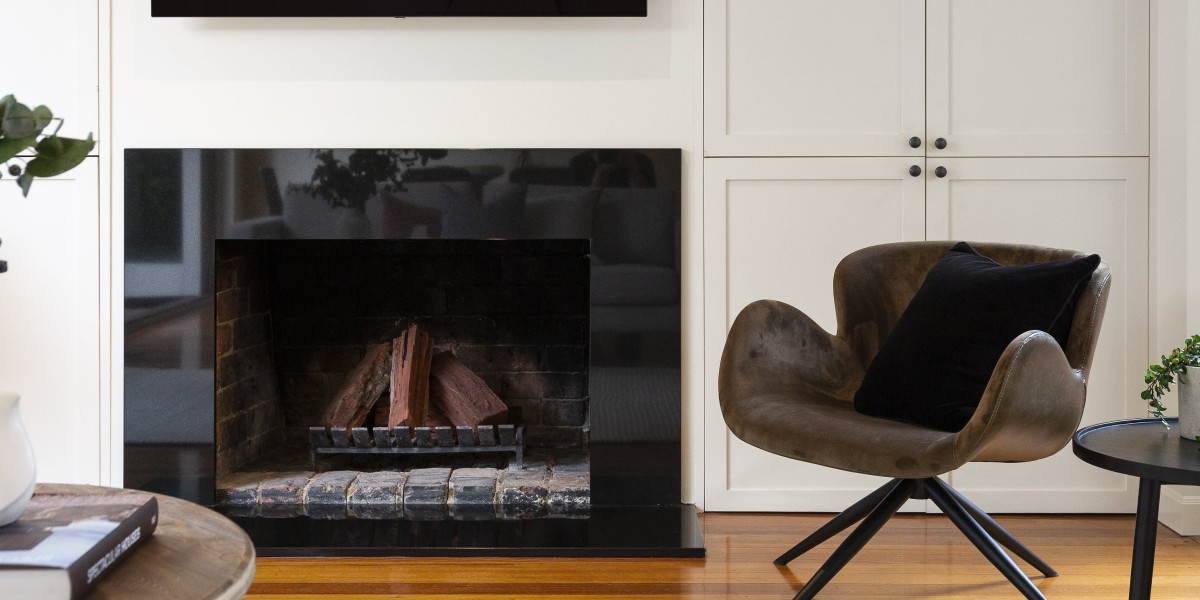Title: Understanding the Role of Artificial Ventilation Anaesthesia Masks in Modern Healthcare
In modern surgical and emergency medicine, patient safety and effective procedural outcomes depend significantly on the tools and technologies used. One such critical device is the artificial ventilation anaesthesia mask, a fundamental component in the administration of anaesthesia and respiratory support. Despite being simple in appearance, these masks play a complex and vital role in ensuring patients receive the right oxygen and anaesthetic gases, particularly during surgeries or respiratory distress.
What Is an Artificial Ventilation Anaesthesia Mask?
An artificial ventilation anaesthesia mask is a medical device designed to deliver oxygen and anaesthetic gases to patients who are unconscious, sedated, or unable to breathe adequately on their own. These masks form a sealed connection over the patient’s nose and mouth, allowing for precise control of gas flow. They are commonly used in operating rooms, emergency departments, and intensive care units.
Unlike typical oxygen masks, anaesthesia masks are designed to interface with machines that both ventilate and administer anaesthetic agents. These devices are made of soft materials like silicone or PVC and are shaped to fit a range of face types and sizes. Some models also include inflatable cuffs to create a better seal and reduce the risk of air leakage.
The Importance of Artificial Ventilation During Anaesthesia
When a patient undergoes general anaesthesia, their natural ability to breathe is often suppressed. The anaesthetic drugs used can relax the muscles, including those required for breathing. At this point, artificial ventilation becomes essential. Anaesthesia masks are connected to ventilators or anaesthesia machines that take over the breathing process entirely.
This artificial ventilation helps:
Maintain oxygen levels in the blood
Remove carbon dioxide from the body
Deliver precise concentrations of anaesthetic gases
Prevent hypoxia and associated complications
Without a reliable mask and ventilation system, patients could quickly deteriorate under anaesthesia. Therefore, anaesthesia masks are not just accessory tools—they are lifesaving devices.
Design and Features of Anaesthesia Masks
Modern anaesthesia masks have evolved to enhance comfort, seal integrity, and safety. Here are some common features:
Transparent Dome: Most masks are transparent, allowing clinicians to monitor the patient for vomiting, cyanosis (bluish skin), or condensation from exhaled breath.
Soft Cushion: A soft, air-filled rim conforms to the patient’s face, minimizing pressure sores and improving the seal.
Adjustable Straps: These ensure a snug fit without excessive pressure.
Odour-Free Material: Masks are made from non-toxic, latex-free materials to prevent allergic reactions and maintain hygiene.
Single-Use and Reusable Options: Depending on the setting, both disposable and sterilizable reusable options are available.
These features are especially important when dealing with diverse patient populations—infants, children, adults, and the elderly all require customized mask sizes and shapes.
Clinical Applications
Surgical Anaesthesia: Anaesthesia masks are primarily used at the start of surgery for induction of anaesthesia. They are often used in combination with intravenous drugs until the patient is intubated.
Emergency Ventilation: In emergency settings like cardiac arrest or respiratory failure, anaesthesia masks connected to bag-valve-mask (BVM) resuscitators can manually ventilate a patient until more advanced airway support is provided.
Non-Invasive Ventilation (NIV): In patients who need respiratory support but not intubation, such as those with COPD exacerbations or sleep apnea, these masks can be used with CPAP or BiPAP machines.
Pediatric Care: Infants and children often undergo anaesthesia via mask induction, as it is less traumatic compared to IV induction.
Recent Innovations
The medical device industry continues to innovate in this area. Some recent advances include:
3D Facial Scanning and Custom Fit Masks: Improving seal and comfort by matching the exact contours of the patient's face.
Anti-fog Technology: Enhancing visibility for medical staff during procedures.
Integrated Gas Monitoring Ports: Allowing real-time monitoring of anaesthetic gases and patient exhalation for greater safety.
Eco-Friendly Materials: Manufacturers are exploring biodegradable and recyclable materials to reduce hospital waste.
These innovations are focused on improving safety, reducing infection risks, and increasing patient comfort.
Safety and Hygiene Considerations
Due to their contact with the mucous membranes and respiratory pathways, strict hygiene protocols are essential when using anaesthesia masks. Disposable masks are typically used once and discarded, while reusable masks must be sterilized thoroughly after each use. Failure to do so could lead to cross-contamination and hospital-acquired infections.
In addition, improper fitting masks can lead to gas leaks, insufficient ventilation, and potential exposure of healthcare workers to anaesthetic gases. This is why proper training and vigilance in mask application and monitoring are critical components of perioperative care.
Title: Understanding the Role of Artificial Ventilation Anaesthesia Masks in Modern Healthcare
In modern surgical and emergency medicine, patient safety and effective procedural outcomes depend significantly on the tools and technologies used. One such critical device is the artificial ventilation anaesthesia mask, a fundamental component in the administration of anaesthesia and respiratory support. Despite being simple in appearance, these masks play a complex and vital role in ensuring patients receive the right oxygen and anaesthetic gases, particularly during surgeries or respiratory distress.
What Is an Artificial Ventilation Anaesthesia Mask?
An artificial ventilation anaesthesia mask is a medical device designed to deliver oxygen and anaesthetic gases to patients who are unconscious, sedated, or unable to breathe adequately on their own. These masks form a sealed connection over the patient’s nose and mouth, allowing for precise control of gas flow. They are commonly used in operating rooms, emergency departments, and intensive care units.
Unlike typical oxygen masks, anaesthesia masks are designed to interface with machines that both ventilate and administer anaesthetic agents. These devices are made of soft materials like silicone or PVC and are shaped to fit a range of face types and sizes. Some models also include inflatable cuffs to create a better seal and reduce the risk of air leakage.
The Importance of Artificial Ventilation During Anaesthesia
When a patient undergoes general anaesthesia, their natural ability to breathe is often suppressed. The anaesthetic drugs used can relax the muscles, including those required for breathing. At this point, artificial ventilation becomes essential. Anaesthesia masks are connected to ventilators or anaesthesia machines that take over the breathing process entirely.
This artificial ventilation helps:
Maintain oxygen levels in the blood
Remove carbon dioxide from the body
Deliver precise concentrations of anaesthetic gases
Prevent hypoxia and associated complications
Without a reliable mask and ventilation system, patients could quickly deteriorate under anaesthesia. Therefore, anaesthesia masks are not just accessory tools—they are lifesaving devices.
Design and Features of Anaesthesia Masks
Modern anaesthesia masks have evolved to enhance comfort, seal integrity, and safety. Here are some common features:
Transparent Dome: Most masks are transparent, allowing clinicians to monitor the patient for vomiting, cyanosis (bluish skin), or condensation from exhaled breath.
Soft Cushion: A soft, air-filled rim conforms to the patient’s face, minimizing pressure sores and improving the seal.
Adjustable Straps: These ensure a snug fit without excessive pressure.
Odour-Free Material: Masks are made from non-toxic, latex-free materials to prevent allergic reactions and maintain hygiene.
Single-Use and Reusable Options: Depending on the setting, both disposable and sterilizable reusable options are available.
These features are especially important when dealing with diverse patient populations—infants, children, adults, and the elderly all require customized mask sizes and shapes.
Clinical Applications
Surgical Anaesthesia: Anaesthesia masks are primarily used at the start of surgery for induction of anaesthesia. They are often used in combination with intravenous drugs until the patient is intubated.
Emergency Ventilation: In emergency settings like cardiac arrest or respiratory failure, anaesthesia masks connected to bag-valve-mask (BVM) resuscitators can manually ventilate a patient until more advanced airway support is provided.
Non-Invasive Ventilation (NIV): In patients who need respiratory support but not intubation, such as those with COPD exacerbations or sleep apnea, these masks can be used with CPAP or BiPAP machines.
Pediatric Care: Infants and children often undergo anaesthesia via mask induction, as it is less traumatic compared to IV induction.
Recent Innovations
The medical device industry continues to innovate in this area. Some recent advances include:
3D Facial Scanning and Custom Fit Masks: Improving seal and comfort by matching the exact contours of the patient's face.
Anti-fog Technology: Enhancing visibility for medical staff during procedures.
Integrated Gas Monitoring Ports: Allowing real-time monitoring of anaesthetic gases and patient exhalation for greater safety.
Eco-Friendly Materials: Manufacturers are exploring biodegradable and recyclable materials to reduce hospital waste.
These innovations are focused on improving safety, reducing infection risks, and increasing patient comfort.
Safety and Hygiene Considerations
Due to their contact with the mucous membranes and respiratory pathways, strict hygiene protocols are essential when using anaesthesia masks. Disposable masks are typically used once and discarded, while reusable masks must be sterilized thoroughly after each use. Failure to do so could lead to cross-contamination and hospital-acquired infections.
In addition, improper fitting masks can lead to gas leaks, insufficient ventilation, and potential exposure of healthcare workers to anaesthetic gases. This is why proper training and vigilance in mask application and monitoring are critical components of perioperative care.








